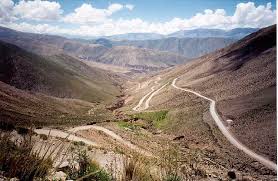
Argentina is known as one of the most important agricultural countries in the world due to its large amount of fertile land for cultivation and livestock. Argentina is the third largest producer of soybeans in the world behind the United States and Brazil. Its annual production is around 47 million tonnes. It is also the largest global supplier of oils derived from soybeans and the second largest producer of biotech crops. Argentina has 16 million hectares of soybeans. This represents four times the size of Holland.
What is Argentina's major resource and what is its purpose? The major resource of Argentina is soybean and is intended mainly for export. About 90% of what is produce is exported. China is the largest purchaser of Argentina.
Soybean fields are located in various parts of the country, but the most important crops are in the provinces of Buenos Aires, Cordoba and Santa.
During the 70s, soybean production began to grow in the country. The increase was due to the incorporation of technology. Soy has boosted the development of an industrial structure for the production of oil and flour. Argentina expects this year a record of production of soybean between 51 and 55 million tons. Last year's harvest was disastrous because of the drought, but this year the climate is supposed to be good for agriculture.
Between 1996 and 2004 Argentina's soybean production increased from 11 million tons to 36.5 million. Between these years the soy boom took place. Although soy is very important to the country from an economic point of view, from the environmental point of view it has brought some negative consequences. Soy became a mono crop, due to the intense external demand. The cultivation of corn and sunflower, two essential Argentine products, has decreased and also to increase the production of soybean thousands of trees across have been cut down throughout the country.
No comments:
Post a Comment